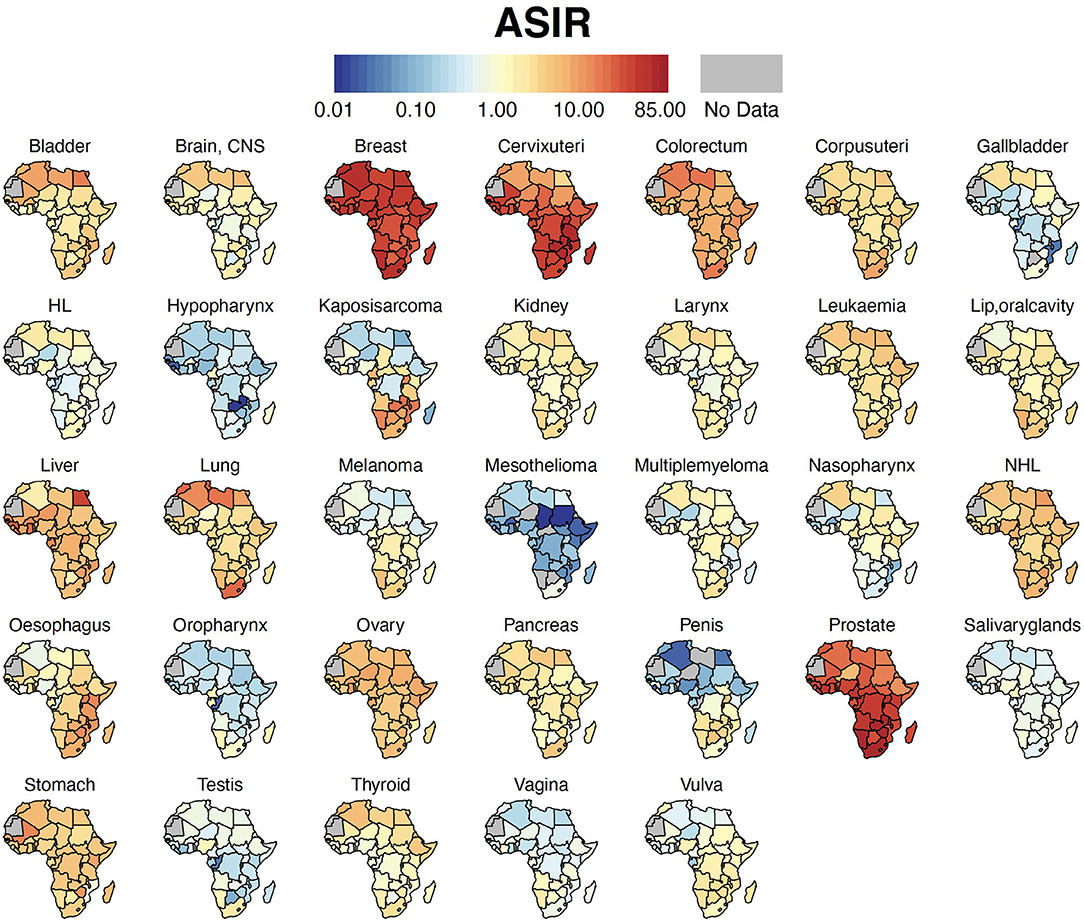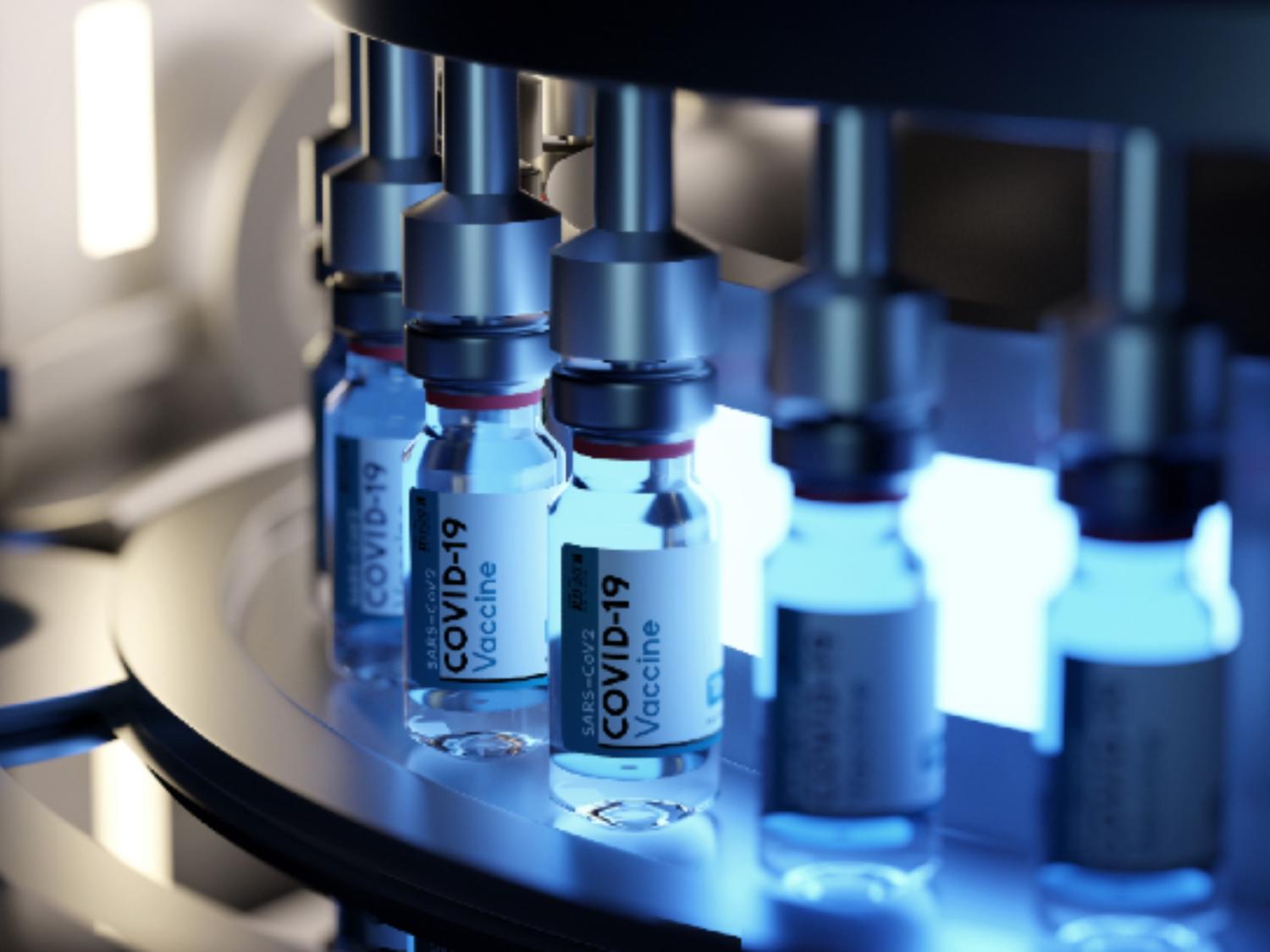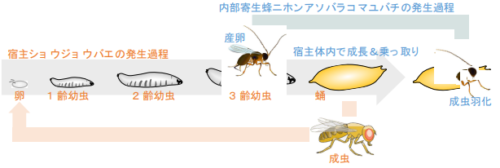2022-06-13 ペンシルベニア州立大学(PennState)
研究者らは、2040年までにアフリカで新たに210万人のがん患者が発生し、140万人ががんに関連した死亡をすると推定しています。研究者らは、食事やライフスタイルの変化、行動や環境のリスク要因が、この増加に寄与している可能性があると指摘しています。この研究結果は、重要なニーズに光を当て、資源配分の一助となるため、洞察に満ちたものである。研究者らは、意識を高め、予防を改善し、危険因子を軽減するための手段を講じない限り、こうした増加は医療機関のキャパシティを超え、がん検診を遅らせ、患者の治療選択肢を制限する可能性が高いと警告しています。
<関連情報>
- https://www.psu.edu/news/research/story/study-predicts-cancer-cases-deaths-africa-could-double-2040/
- https://www.frontiersin.org/articles/10.3389/fpubh.2022.839835/full
アフリカのがんをマッピングする。GLOBOCAN 2020の推計を用いた34種類のがんの包括的かつ比較可能な特徴づけ
Mapping Cancer in Africa: A Comprehensive and Comparable Characterization of 34 Cancer Types Using Estimates From GLOBOCAN 2020
Rajesh Sharma, Aashima, Mehak Nanda, Claudio Fronterre, Paul Sewagudde, Anna E. Ssentongo, Kelsey Yenney, Nina D. Arhin, John Oh, Forster Amponsah-Manu and Paddy Ssentongo
Frontiers in Public Health. Published:25 April 2022
DOI:https://doi.org/10.3389/fpubh.2022.839835

Objective: Cancer incidence and mortality rates in Africa are increasing, yet their geographic distribution and determinants are incompletely characterized. The present study aims to establish the spatial epidemiology of cancer burden in Africa and delineate the association between cancer burden and the country-level socioeconomic status. The study also examines the forecasts of the cancer burden for 2040 and evaluates infrastructure availability across all African countries.
Methods: The estimates of age, sex, and country-specific incidence and mortality of 34 neoplasms in 54 African countries, were procured from GLOBOCAN 2020. Mortality-to-incidence ratio (MIR) was employed as a proxy indicator of 5-year survival rates, and the socioeconomic development of each country was measured using its human development index (HDI). We regressed age-standardized incidence rate (ASIR), age-standardized mortality rate (ASMR), and MIR on HDI using linear regression model to determine the relationship between cancer burden and HDI. Maps were generated for each cancer group for each country in Africa. The data about the cancer infrastructure of African countries were extracted from the WHO Cancer Country Profiles.
Results: In Africa, an estimated 1.1 million new cases [95% uncertainty intervals (UIs) 1.0 – 1.3 million] and 711,429 [611,604 – 827,547] deaths occurred due to neoplasms in 2020. The ASIR was estimated to be 132.1/100,000, varying from 78.4/100,000 (Niger) to 212.5/100,000 (La Réunion) in 2020. The ASMR was 88.8/100,000 in Africa, ranging from 56.6/100,000 in the Republic of the Congo to 139.4/100,000 in Zimbabwe. The MIR of all cancer combined was 0.64 in Africa, varying from 0.49 in Mauritius to 0.78 in The Gambia. HDI had a significant negative correlation with MIR of all cancer groups combined and main cancer groups (prostate, breast, cervical and colorectal). HDI explained 75% of the variation in overall 5-year cancer survival (MIR). By 2040, the burden of all neoplasms combined is forecasted to increase to 2.1 million new cases and 1.4 million deaths in Africa.
Conclusion: High cancer mortality rates in Africa demand a holistic approach toward cancer control and management, including, but not limited to, boosting cancer awareness, adopting primary and secondary prevention, mitigating risk factors, improving cancer infrastructure and timely treatment.


